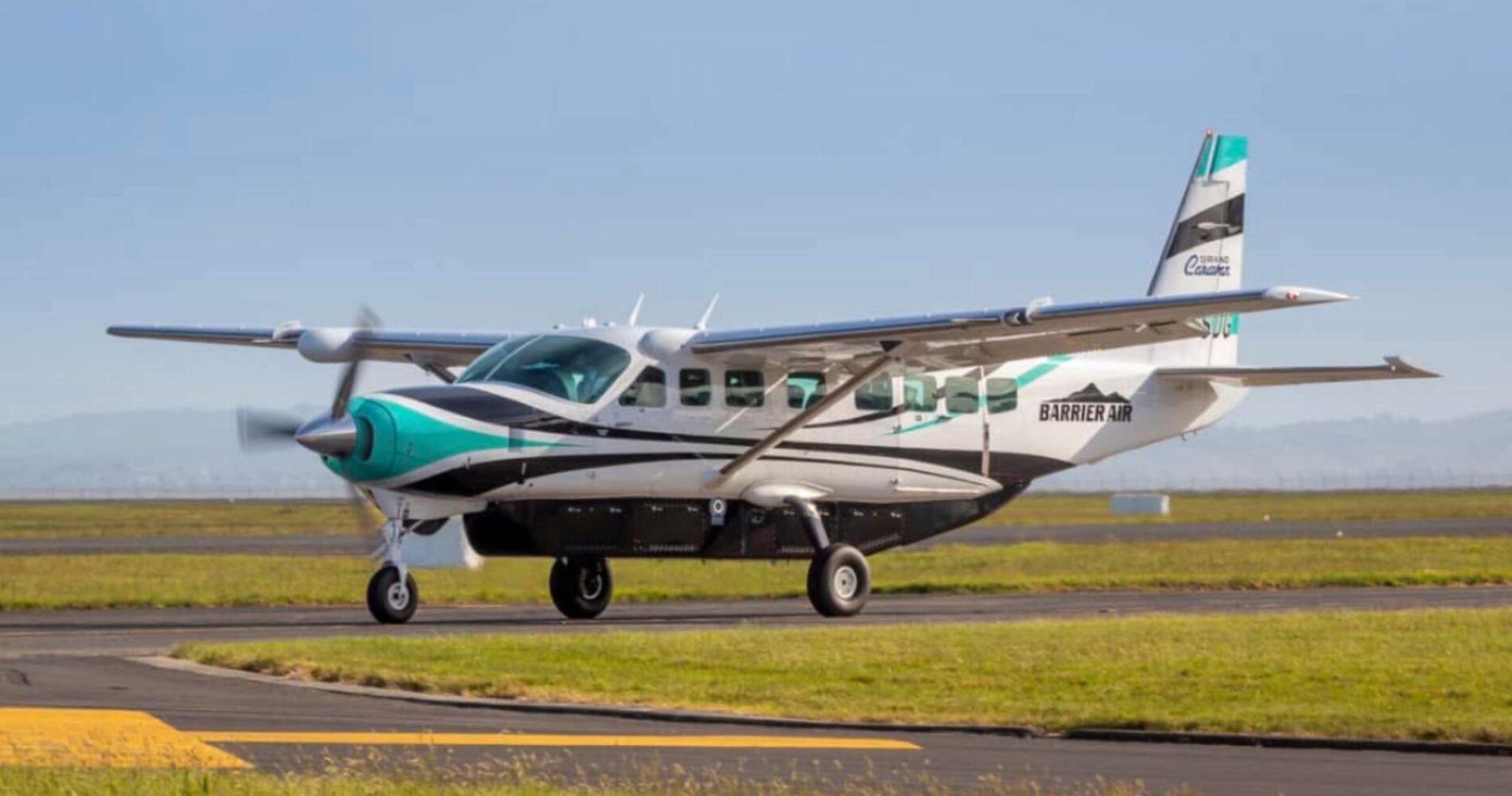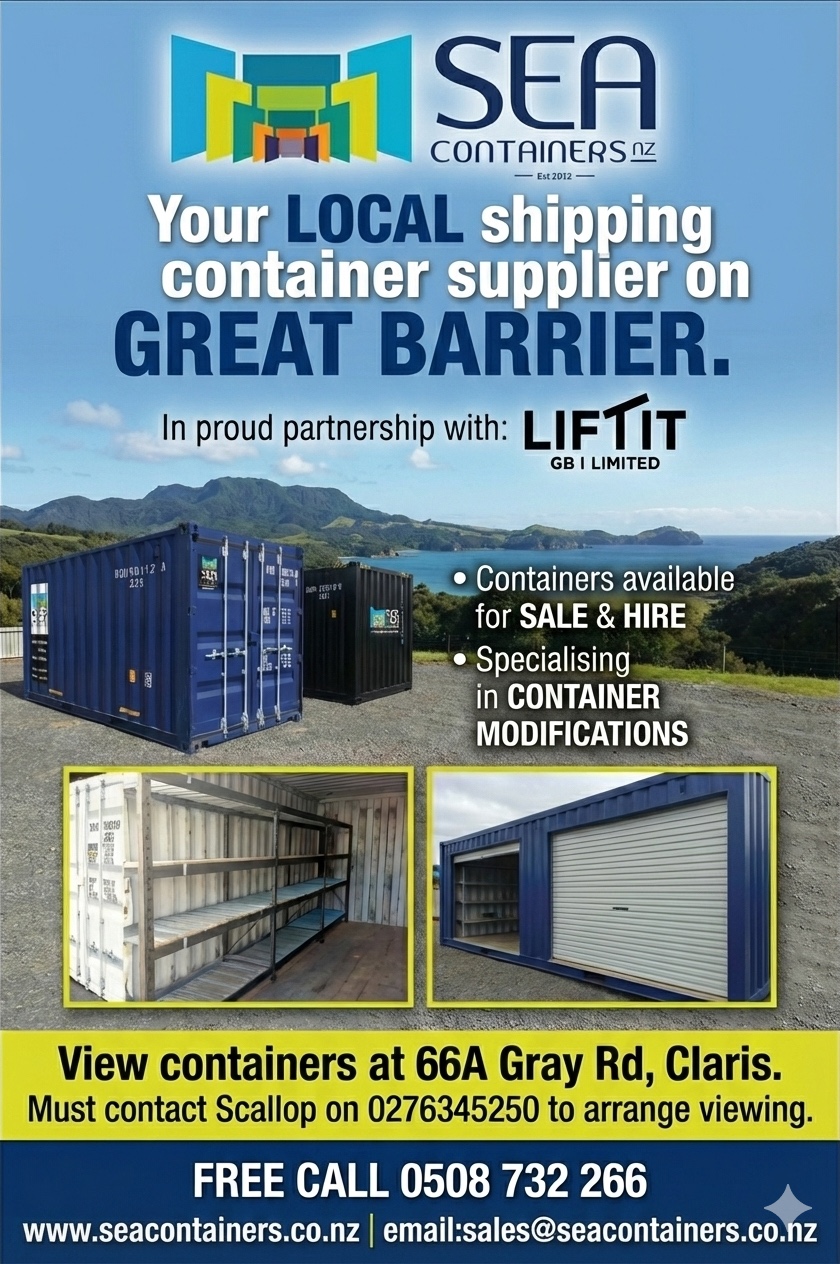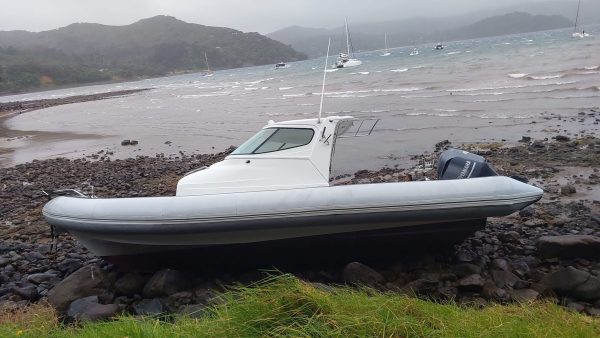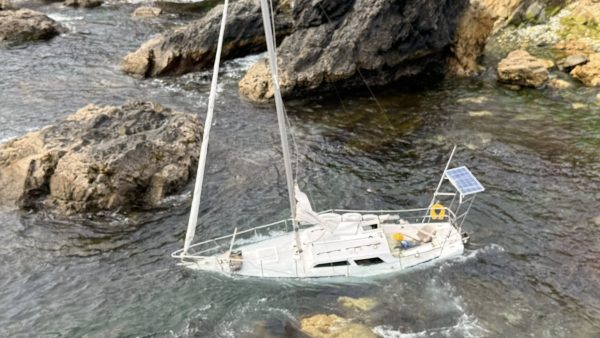Barrier Air chief executive Grant Bacon says the Government’s $30m package for regional airlines is welcome news for a sector under pressure.
The loan scheme, announced this week by Regional Development Minister Shane Jones and Associate Transport Minister James Meager, will allow smaller airlines to access finance for aircraft leasing, maintenance and debt refinancing. It follows a difficult period for regional carriers: Sounds Air has cut services to Wānaka, Taupō and Westport; Air Chathams has warned its Whakatāne route was under threat; and Barrier Air sold one aircraft and leased out another over winter to get costs down.
Jones also used the announcement to lash out at Air New Zealand, saying the 51-percent taxpayer-owned flag carrier would be expected to integrate smaller airlines into its booking and baggage systems. The upgrade — interlining — would let Barrier Air passengers buy one ticket connecting with Air New Zealand flights, check bags through to domestic or international destinations, and potentially earn Airpoints and access lounges as part of Air New Zealand’s loyalty programme.
Bacon said Barrier Air would “definitely look” at such an arrangement, though there are technical hurdles with system compatibility and Star Alliance rules. “It would be a great move,” he said.
He also set out how underlying costs have surged. “A part that used to cost $20k USD is now costing $100k USD. These are not parts that we are replacing because they have failed or because it is best practice. These are parts that must be replaced at calendar intervals — every 18 months say. Barrier Air would spend at least $3m a year just on aircraft parts and maintenance. This is something that we refuse to scrimp on as we have developed a very safe airline and there is no option but to continue on this trajectory where safety comes first.”
Jet fuel prices have fallen in recent months — a trend highlighted in Air New Zealand’s latest financial results — but weaker passenger demand meant the national carrier’s profits did not rise. For regional airlines the picture is even tougher. Air New Zealand earns much of its revenue in stronger foreign currencies like the US dollar, while smaller operators such as Barrier Air sell tickets only in New Zealand dollars.
The Kiwi has fallen almost 20% since 2021, wiping out much of the benefit of lower oil prices. More of every fare must now be used to pay for aircraft parts and fuel, which are priced in US dollars when imported to New Zealand.
As Bacon put it: “Whilst in principle any assistance is always appreciated in what has always been a notoriously difficult industry, until we see some relief on the USD/NZD currency pair and also multi-national corporations that are effectively using tight part supply to create massive increases in the cost of aircraft engines and parts we will see continued volatility in the industry.”
Even so, he said the outlook is more positive than it was. “The future definitely looks better than it did a year ago, so this is good news.”







